If you’re chomping at the bit to plant something in your garden but the last frost is still weeks away, good news: There’s plenty you can sow directly in the garden, even if the air’s still nippy and the soil is cold.
Direct sowing (sometimes called direct seeding) is the simple process of planting your seeds directly in the ground outside, instead of starting your seeds indoors and transplanting them in the garden later.
Read more: When is it better to sow seeds directly than to transplant seedlings?
Many vegetable, herb, and flower seeds do better when they’re planted outside, as they’re often more resilient than seeds started indoors. (Think about it: They’re already acclimatized to the weather, their stems have gotten stronger from being blown around by the breeze, and they’ve been exposed to all the bacteria and fungi in the soil.)
Some seeds, like spinach and carrots, actually prefer to be sown directly in the ground, as their taproots don’t love being transplanted. And the seeds listed below, in particular, can also take the cold so they’ll survive a freak snowstorm in spring and germinate when conditions are just right.
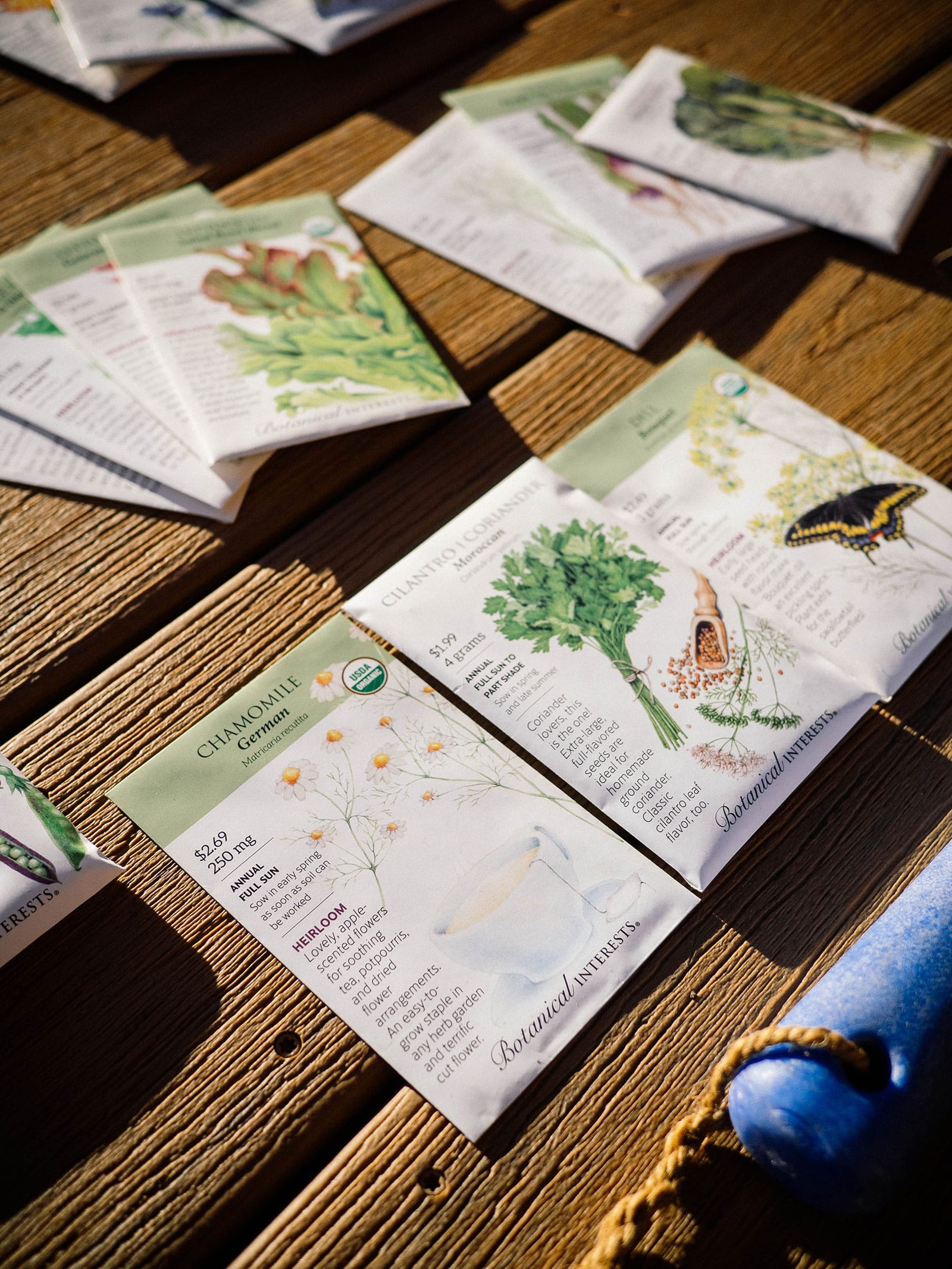
First, know when your last frost is
The last frost is the average date in spring when there’s no more risk of frost in a given area. In simple terms, it’s the date when it’s safe to plant seeds or tender seedlings outdoors.
Use my guide to check your expected last frost date.
Keep in mind that last frost dates can change slightly year to year, and the microclimate in your yard can affect the last frost date by a few days or even a few weeks.
For example, the last frost for my area is around June 24 (I know, it’s kind of ridiculous!) but I often plant frost-tender seedlings between Mother’s Day and Memorial Day (mid to late May) and protect them with row covers. I also start sowing seeds in the garden around that time since anything that doesn’t have to be started indoors tends to be cold-hardy. (It just might be a bit slower to germinate.)
That said, use your historical last frost date as a starting point, but always pay attention to what’s going on in your own garden and work from there.
Mind the weather
Seeds planted outside are at the mercy of the elements. If you see some rowdy weather ahead (lots of wind or heavy rain), hold off on sowing your seeds until it passes. You don’t want those seeds to get blown or washed away right after you’ve sown them!
What if there’s snow on the ground? If it’s just an inch or two of soft, fluffy, packable snow, you can absolutely sow seeds right on top and let them sink in. The snow will provide the necessary moisture as it melts! (I tend to overseed a bit when sowing on top of snow to account for lost seeds.) Avoid sowing seeds in icy, crusty snow, as they’ll just blow away.
Disclosure: If you shop from my article or make a purchase through one of my links, I may receive commissions on some of the products I recommend.
Favorite seed companies
Seeds to direct sow before the last frost
This is not an exhaustive list by any means, and all timetables are approximate. If you want to try direct sowing a seed that’s not here, ask yourself: Is the plant a prolific volunteer in your garden? If so, you can probably direct sow before your last frost date!
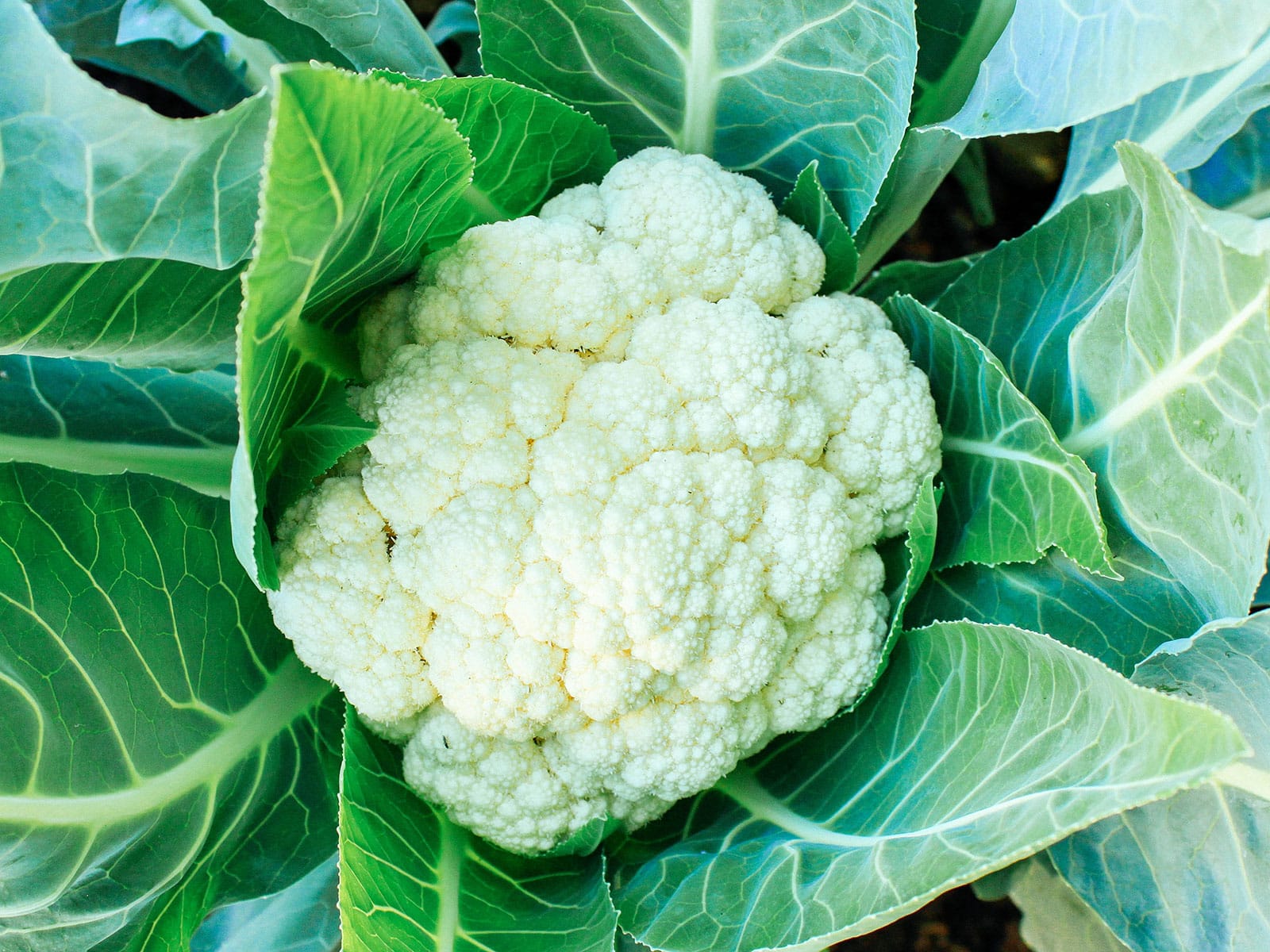
Vegetable seeds
| Vegetable | # Weeks Before Last Frost |
|---|---|
| Arugula | 4 weeks |
| Asian greens (bok choy, tatsoi, mizuna, etc.) | 2 to 4 weeks |
| Beets | 2 weeks |
| Broccoli | 2 weeks |
| Brussels sprouts | 2 weeks |
| Bulb fennel | 3 to 4 weeks |
| Cabbage | 2 to 4 weeks |
| Carrots | 1 to 4 weeks |
| Cauliflower | 2 weeks |
| Chard | 1 to 2 weeks |
| Collards | 2 to 4 weeks |
| Garlic (to harvest spring garlic) | 5 to 6 weeks |
| Kale | 2 to 4 weeks |
| Kohlrabi | 2 to 4 weeks |
| Leeks | 3 to 4 weeks |
| Lettuces | 2 to 4 weeks |
| Mache (corn salad) | 4 to 6 weeks |
| Miner’s lettuce (claytonia, winter purslane) | 4 to 6 weeks |
| Mustard greens | 2 to 4 weeks |
| Spinach | 4 to 6 weeks |
| Onions | 3 to 4 weeks |
| Onion sets | 2 to 4 weeks |
| Peas | 2 to 3 weeks |
| Parsnips | 3 to 4 weeks |
| Potatoes | 1 to 2 weeks |
| Radishes | 3 to 4 weeks |
| Scallions | 4 weeks |
| Shallot sets | 2 to 4 weeks |
| Turnips | 2 to 4 weeks |
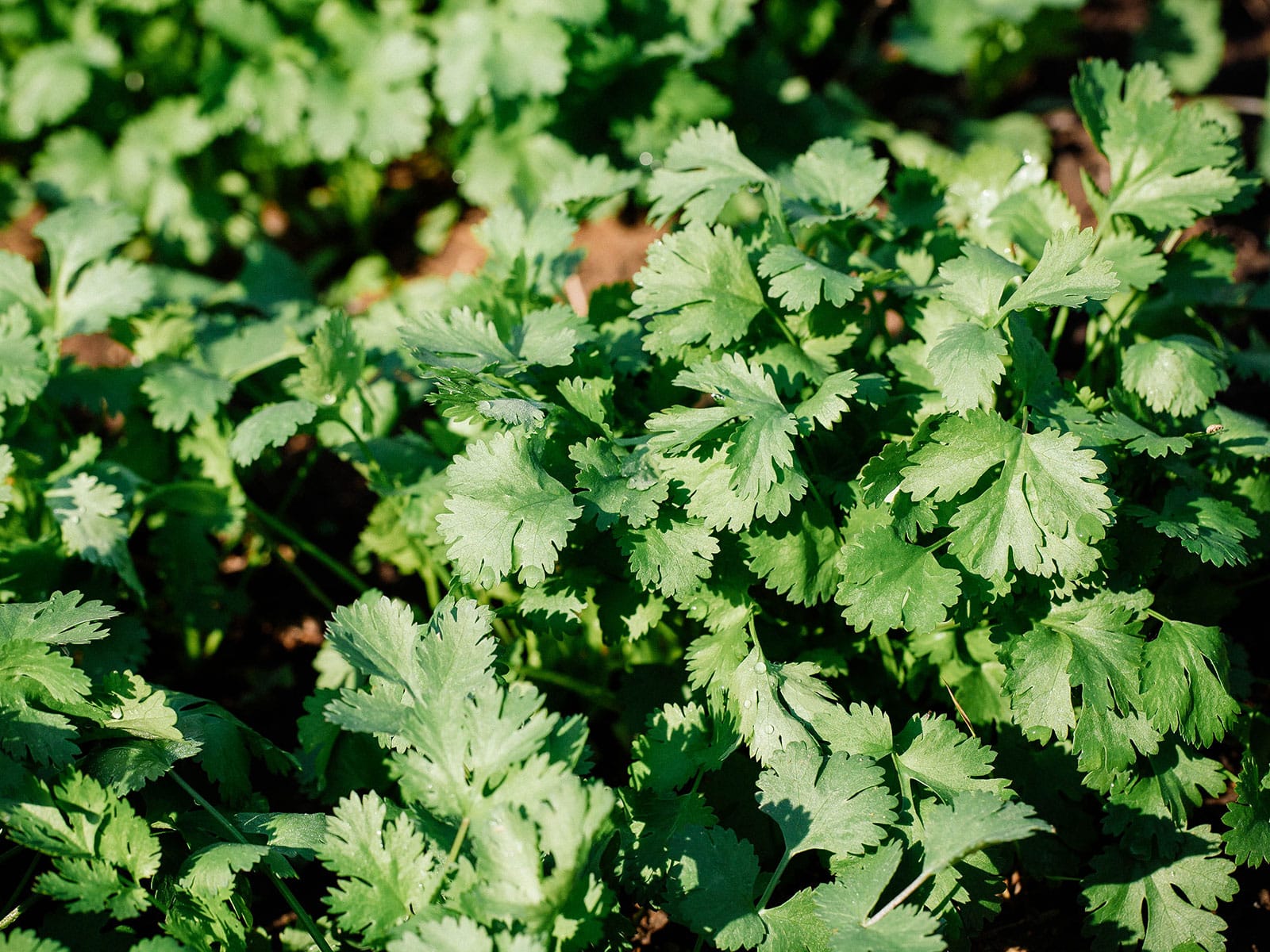
Herb seeds
| Herb | # Weeks Before Last Frost |
|---|---|
| Cilantro | 1 to 3 weeks |
| Dill | 1 to 3 weeks |
| Fennel | 3 to 4 weeks |
| German chamomile | 1 week |
| Parsley | 1 to 2 weeks |
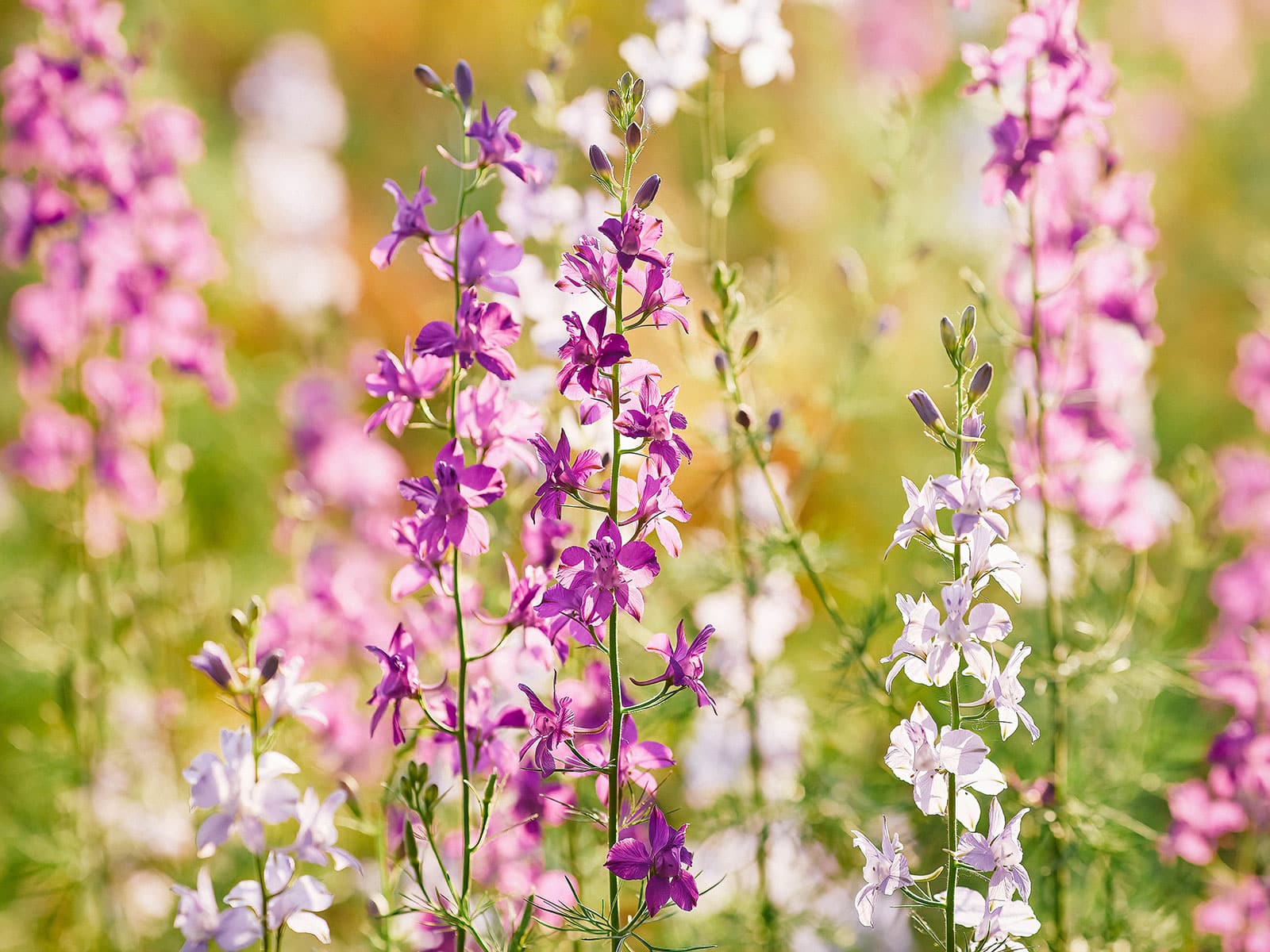
Flower seeds
| Flower | # Weeks Before Last Frost |
|---|---|
| Bachelor buttons | 1 week |
| Calendula | 1 week |
| Clarkia | 1 week |
| Forget-me-nots | 4 weeks |
| Larkspur | 2 to 3 weeks |
| Rudbeckia (black-eyed Susans) | 1 week |
| Stock | 1 week |
| Sunflowers | 1 to 2 weeks |
| Sweet peas | 1 to 2 weeks |
| Violas (pansies) | 1 to 2 weeks |


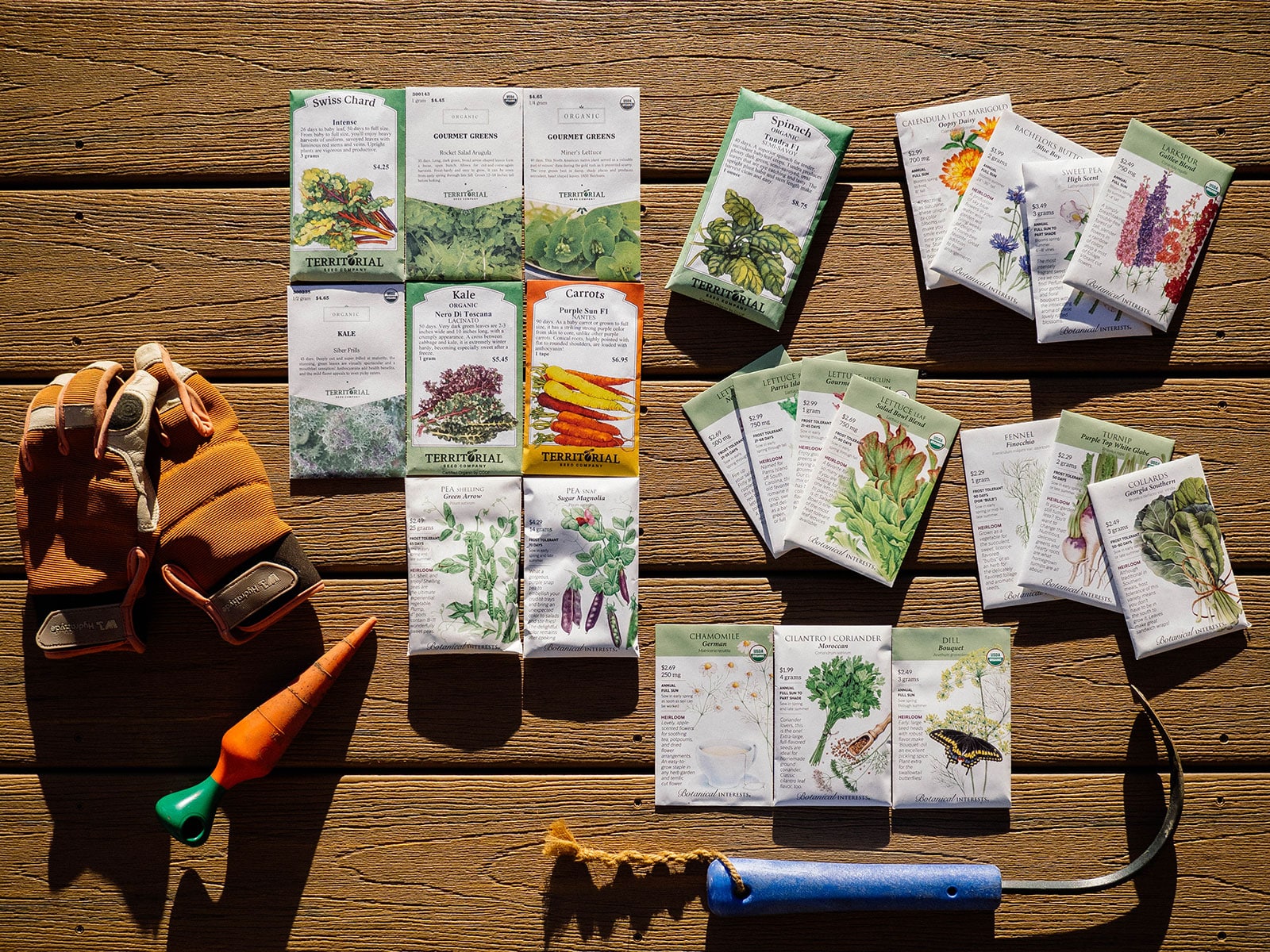
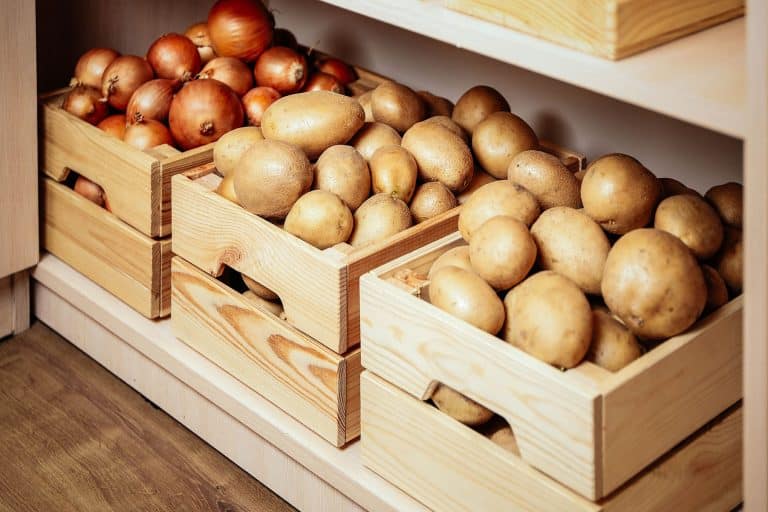
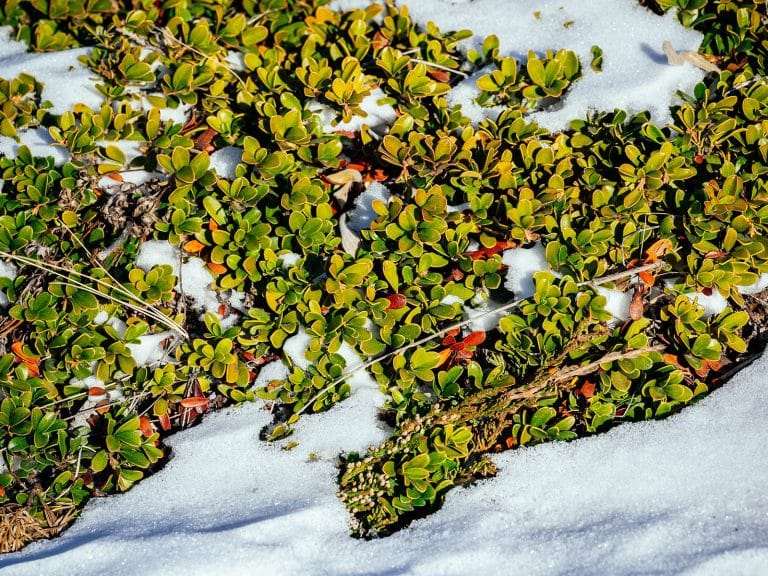
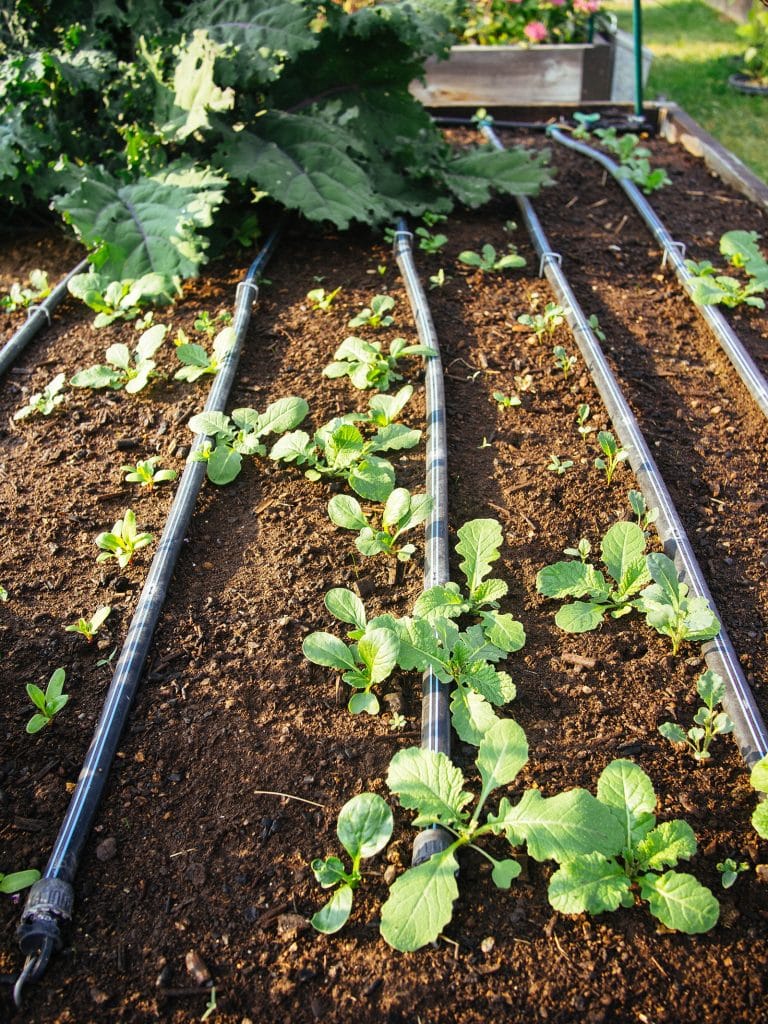
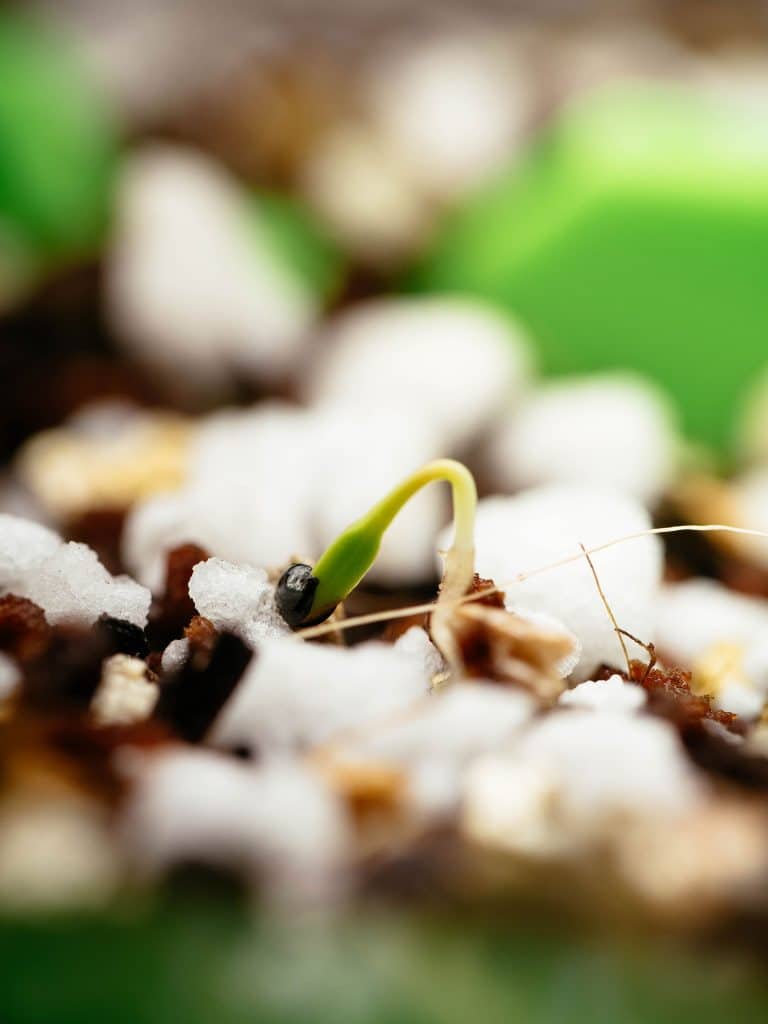
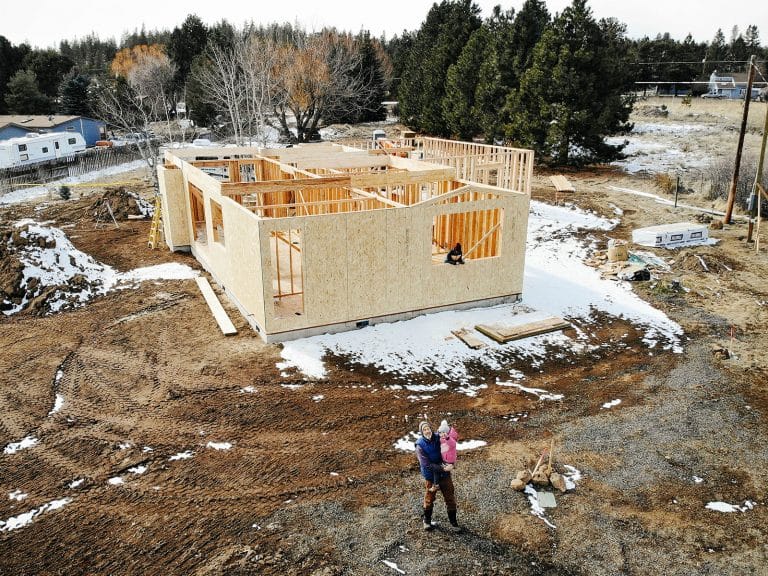

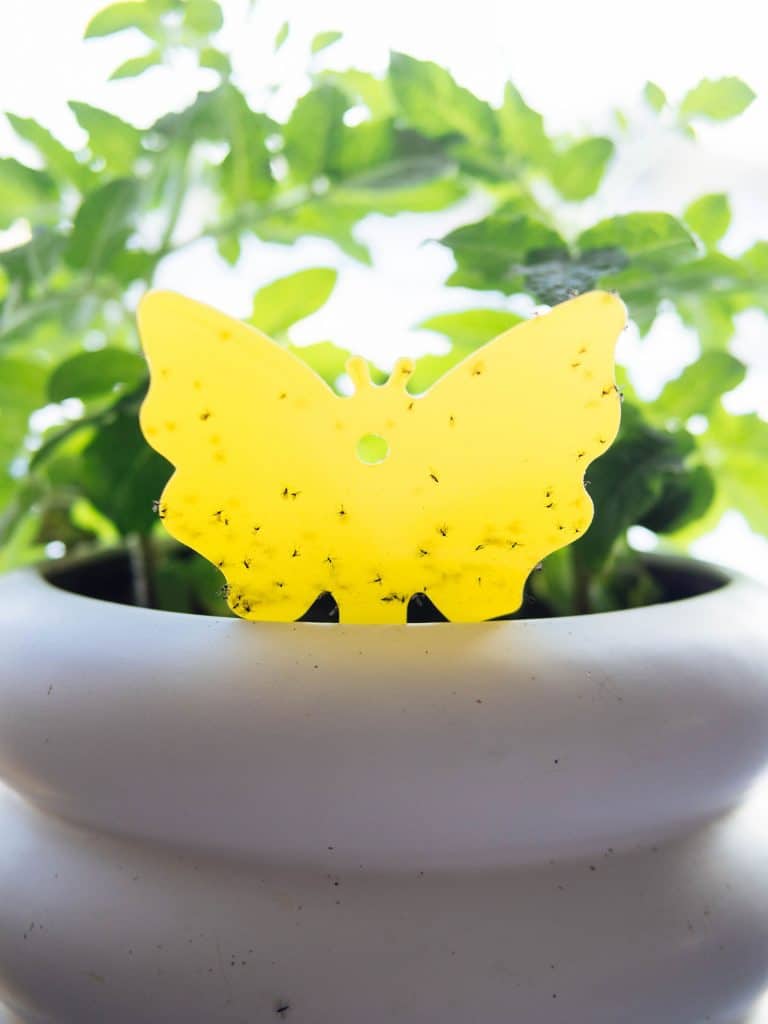
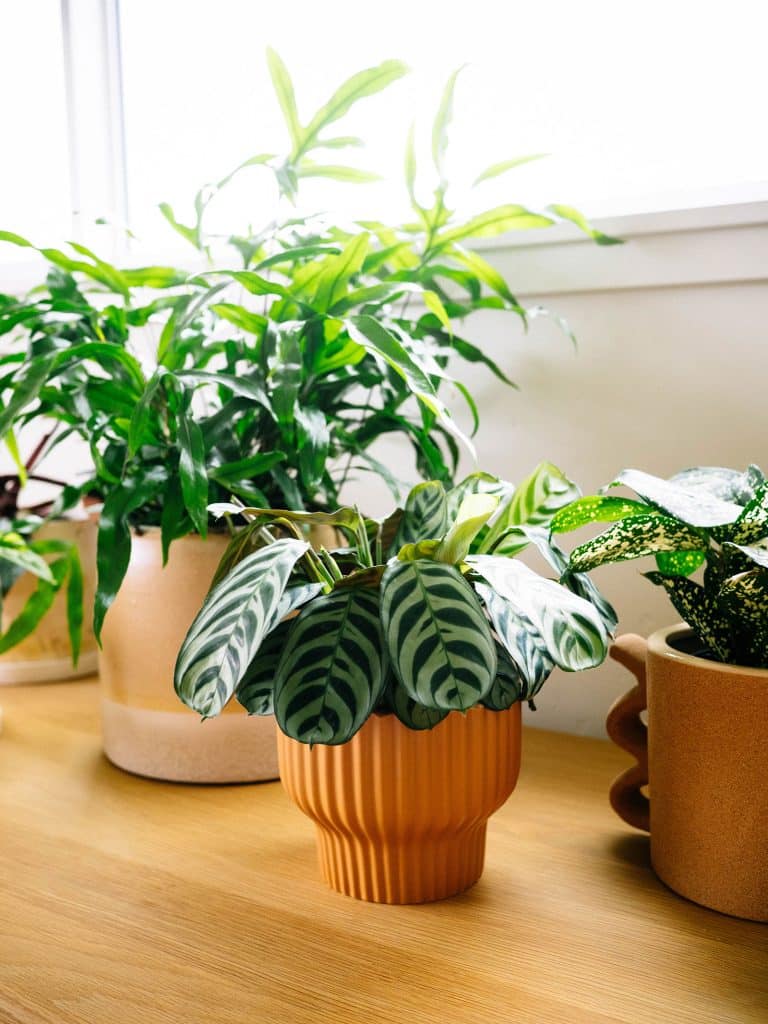
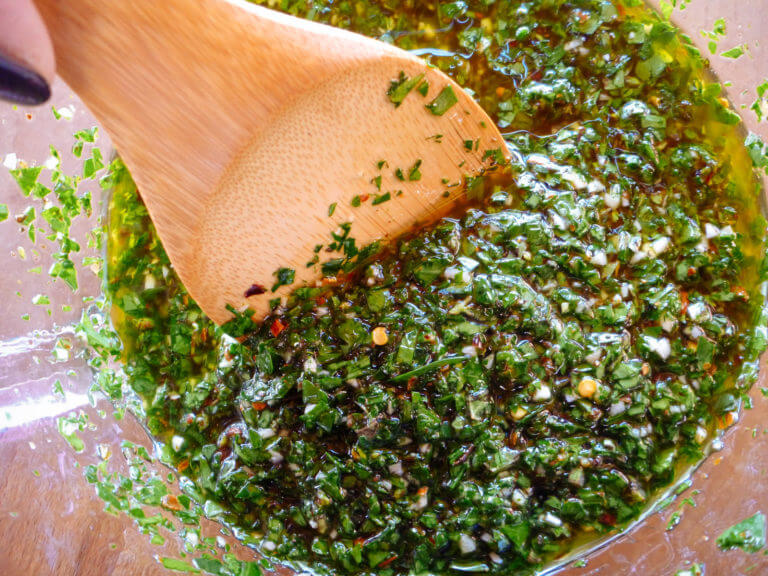
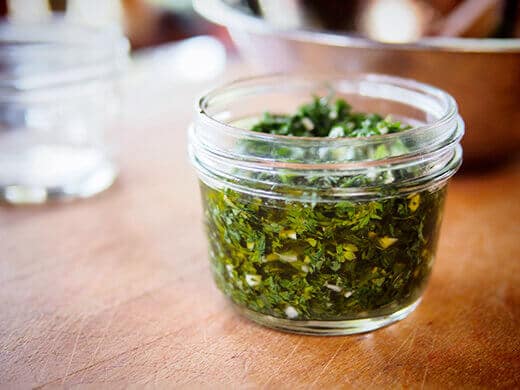
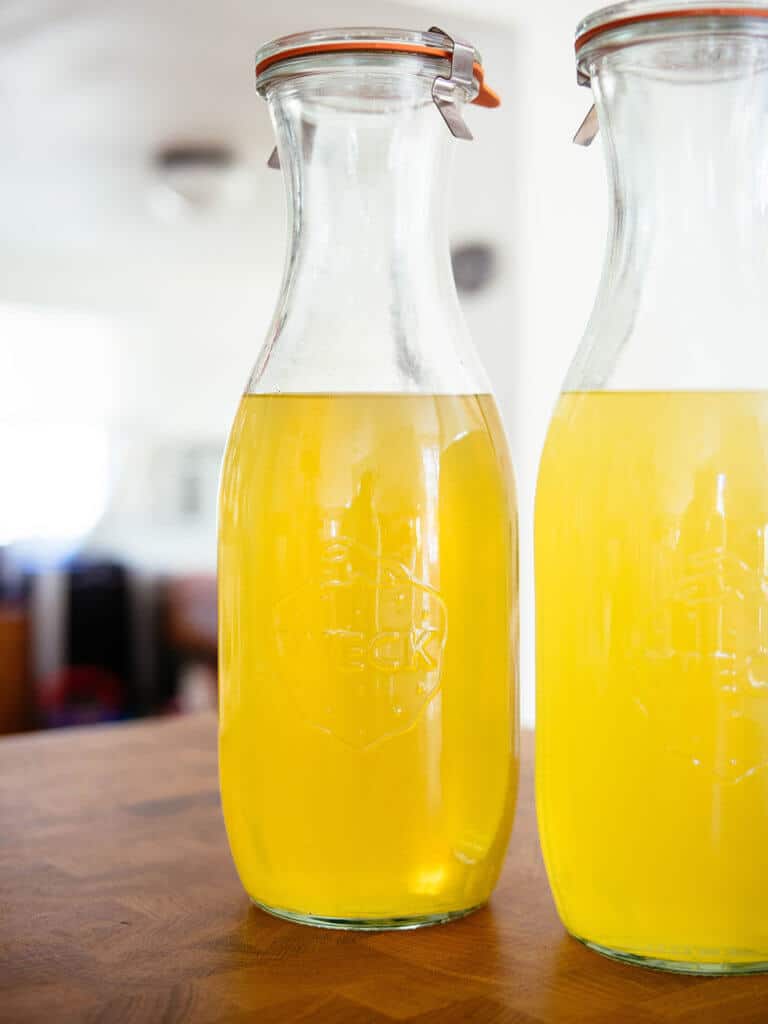
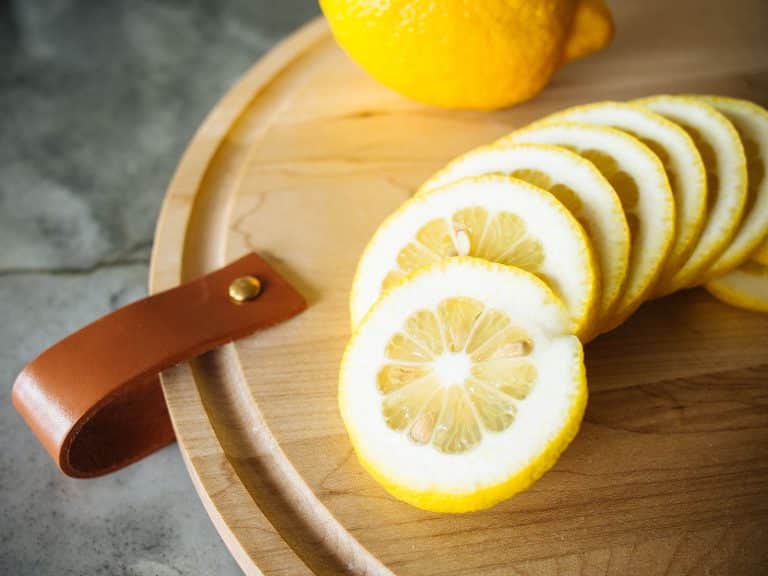

Thank you for the information. Would covering the seeds with a gallon water jug, bottom removed, speed germination and allow earlier direct seeding?
Thank you for these lists .This morning it was minus 3 degrees in Worcestershire England .I’m so desperate to get sowing but our last Frost is around May 24th .I’m going to try some corriander.spring onions. Bok choy .mustard greens .I can’t afford a greenhouse or grow tent or lights but I have seen on Temu a 6ft 6 by 6ft 6 silver foil foam type piece of ‘fabric’ that you can put on the ground and use like a picnic blanket it looks like an insulation blanket so I’m going to buy one and cut some 6 inch wide strips to put on my window sills then put food containers with compost and seeds on these strips then water and put cling film on top until the seeds germinate .for chillies I’ve got an electric blanket that I’m going to place on a table and put a bigger piece of the foil blanket on top of the electric blanket then stand pits of compost and seeds with cling film on top .set the heat to the lowest setting and see what happens .
This year I’ve bought samphire I’m excited to grow this its fabulous with freshly minced chillies and tajin .I’ve got Chinese snake beans .cucamelons .and tiny baby little bright red sweet peppers.i just need to learn how to preserve foods as I’m also growing a Mexican tomatillo some purple spring onions called lillia.dozens of kinds of tomatoes .
One day I’d like to try to grow tiger nuts but I dont know how to find seeds I think the ones in the store are cooked somehow .I’ve got petit pois to sow and douce de province peas which can grow most of the year .
Thanks for this! I thought I’d read all your articles but missed this one. Any chance you have a printable of this for easy reference?
I’ll see if I can create one for this resource!
This was very helpful. Thank you!
You’re welcome!